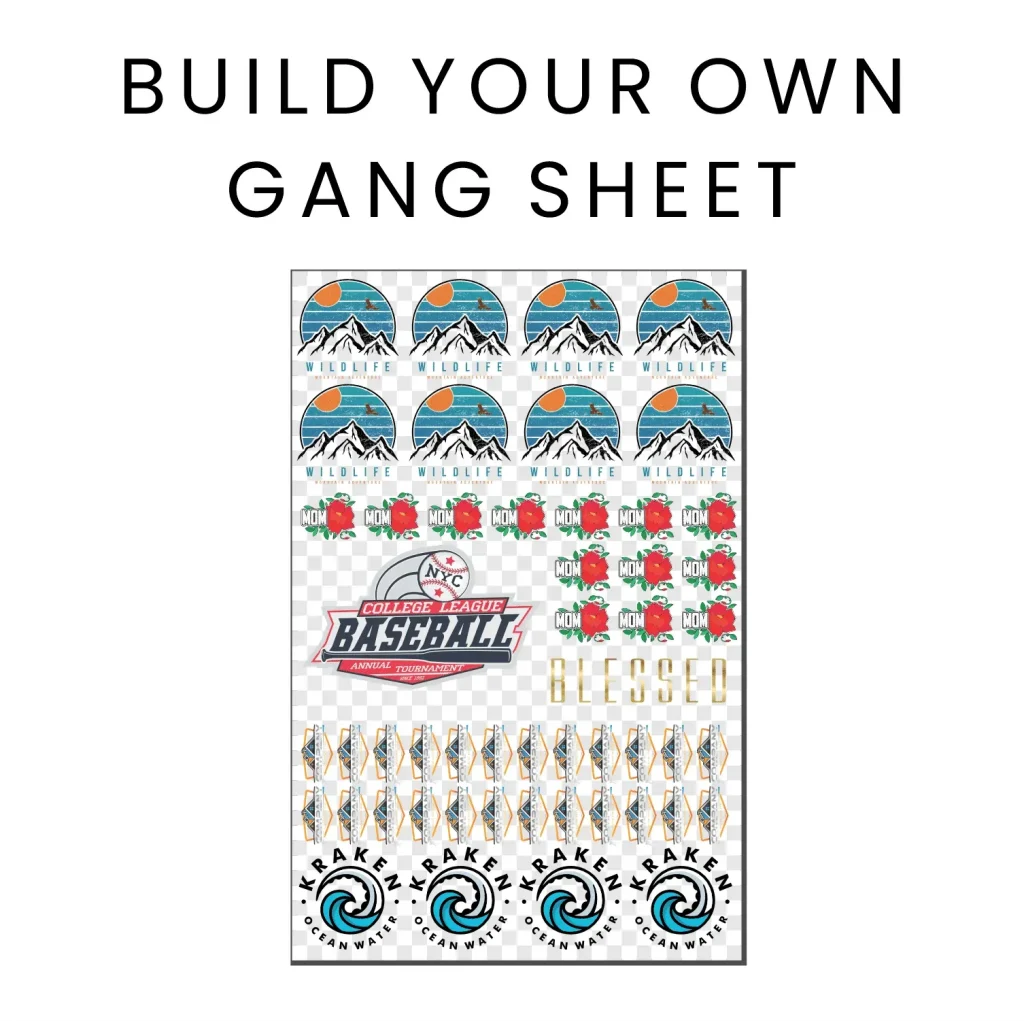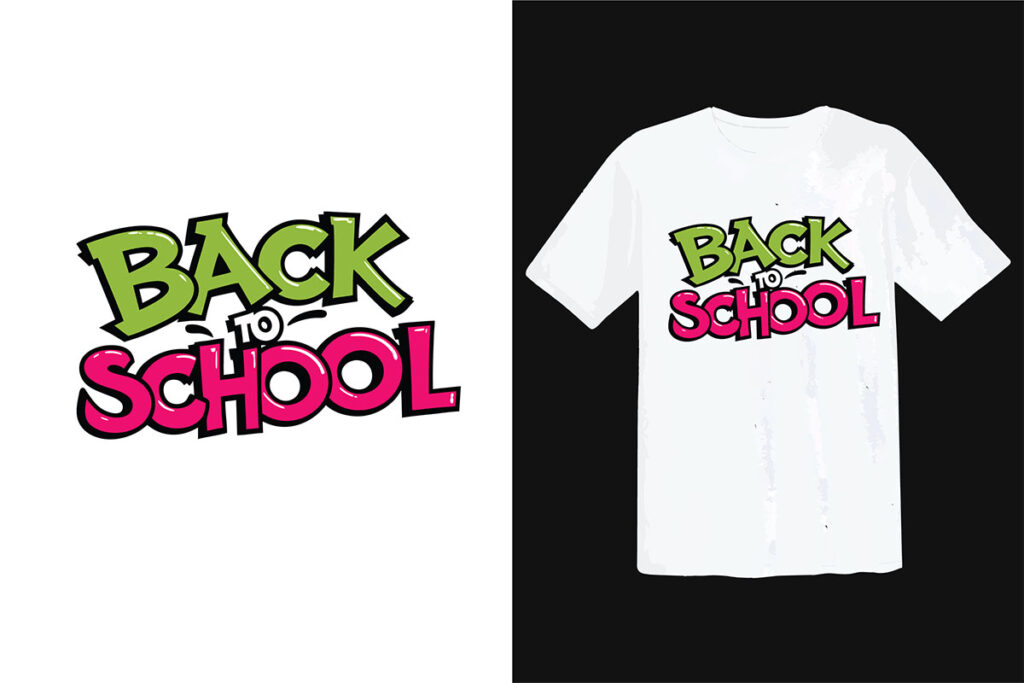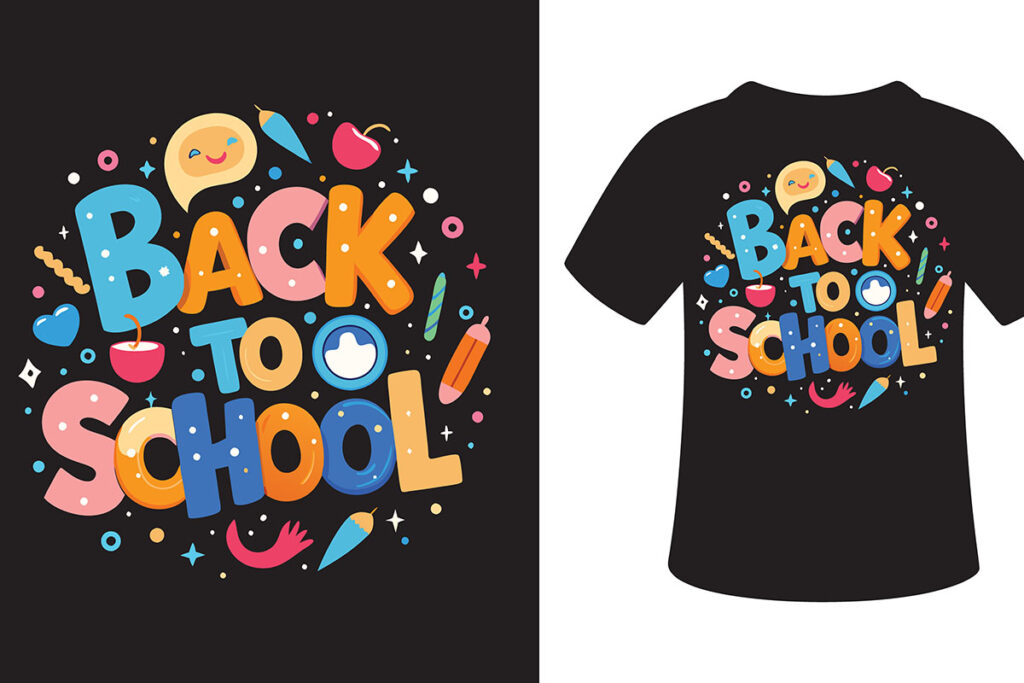The DTF Gangsheets Builder is transforming the landscape of textile printing. This innovative tool enables you to create multi-design prints in a fraction of the time, making it an essential resource for both hobbyists and professionals. With the emergence of Digital Transfer Film (DTF) technology, the possibilities for vibrant and durable prints have never been more accessible. In this beginner’s guide, we will navigate the key features and benefits of the DTF Gangsheets Builder, providing you with all the information needed to start your printing journey. Get ready to explore the exciting world of DTF printing and unlock your creative potential!
Known as the Digital Transfer Film sheets creator, the DTF Gangsheets Builder streamlines the complex process of textile design and production. Utilizing a cutting-edge method for transferring images onto fabric, this tool caters to anyone looking to dive into the realm of heat transfer printing. The ability to compile several designs onto a single sheet not only maximizes efficiency but also enhances cost-effectiveness, making it ideal for small businesses. As we explore this beginner printing guide, we’ll uncover the advantages of DTF printing and how you can take your textile creations to the next level. Whether you are a graphic designer or a DIY enthusiast, the DTF Gangsheets Builder is your gateway to creating stunning and professional-quality prints.
Introduction to DTF Gangsheets and Their Benefits
Digital Transfer Film (DTF) printing has become a game-changer in the textile industry, offering users the ability to create customized designs with ease and efficiency. One of the standout tools in this printing method is the DTF Gangsheets Builder. This innovative solution allows crafters and professionals to design multiple graphics on a single film sheet, enhancing productivity while reducing waste. By leveraging the power of DTF gangsheets, users can explore a range of possibilities—from simple logos to intricate artwork on various fabric types.
The benefits of using DTF gangsheets extend beyond just cost-effectiveness and efficiency; they also provide unparalleled versatility in textile printing. They allow users to print on diverse materials, including cotton, polyester, and even blends, without compromising on vibrant colors and sharp detail. Additionally, DTF printing ensures that designs are durable and withstand repeated washes, making it ideal for fashion and promotional garments.
Getting Started with the DTF Gangsheets Builder
To embark on your journey with the DTF Gangsheets Builder, the first step is to familiarize yourself with appropriate design software. Popular tools like Adobe Illustrator, CorelDRAW, and Inkscape enable users to create detailed templates that the DTF technology can efficiently print. Whether you’re a beginner or an experienced designer, learning how to navigate these software programs is crucial for producing stunning designs that capture your vision.
After choosing your software, the next phase involves downloading and setting up the DTF Gangsheets Builder. This user-friendly interface is designed to streamline your design process, making it accessible even for those new to textile printing. By creating templates upfront, you can simplify future projects, allowing you to focus on creativity rather than technicalities as you develop your unique printing style.
Essential Software for DTF Gangsheets Design
Selecting the right design software is pivotal for realizing your creative potential with DTF gangsheets. Platforms like Adobe Illustrator offer advanced vector design capabilities, making it easier to create scalable graphics suitable for a wide range of applications. Alternatively, free options like Inkscape do not sacrifice functionality, allowing beginners to experiment without financial pressure. Understanding the tools available within these programs can notably enhance your design experience.
Additionally, familiarizing yourself with software can help you optimize your designs specifically for DTF printing. For instance, ensuring that color profiles are set to match your printer’s specs can make a significant difference in the final output. As you explore these software options, take advantage of online tutorials and forums to gain insights and tips from other users, enriching your learning process.
Optimizing Print Settings for Vibrant Results
Achieving vibrant and durable prints with DTF technology heavily relies on optimal print settings. Each DTF printer has unique specifications for ink type, temperature, and print speed, and it’s essential to consult the manufacturer’s instructions to get the best results. Adjusting the settings to align with fabric types and specific DTF films will ensure that colors pop and the designs adhere well.
Moreover, running test prints is a crucial step in the process. Before committing to a full production run, testing allows you to adjust design elements, assess color accuracy, and make changes based on the fabric type. This practice not only saves material costs but also enhances the final product’s quality, providing a professional edge to your creations.
The Heat Transfer Process Explained
Once you have printed your designs on the DTF film, the heat transfer process becomes the final and most critical phase. The application of heat and pressure using a heat press is what adheres the design to the fabric. Ensuring that your heat press is adequately calibrated according to the fabric type and DTF film specifications is essential for achieving the best outcomes.
Positioning the film correctly on the fabric is another essential aspect of this process. The printed side must face the fabric to ensure proper adhesion. Applying the right pressure and heat settings promotes the transfer’s durability and vibrancy, resulting in high-quality garments that stand the test of time. By following these guidelines carefully, you’ll be able to produce beautifully printed textiles with lasting designs.
Design Tips for Successful Gangsheets
When designing for DTF gangsheets, one of the best practices is to focus on using vibrant colors that showcase the technology’s strengths. DTF printing excels in displaying bright hues and intricate designs, making it crucial to choose a color palette that stands out. Additionally, minimizing complex details will aid in achieving clarity and effectiveness in your designs, especially for beginners.
Moreover, always remember to conduct test prints of your designs prior to mass production. This practice allows you to evaluate how colors and details translate onto fabric, enabling you to make necessary adjustments while learning how to leverage the DTF printing’s advantages. Engaging in continual experimentation will lead to improved designs and ultimately elevate your textile creations.
Frequently Asked Questions
What is the DTF Gangsheets Builder and how does it work?
The DTF Gangsheets Builder is software designed for creating multi-design printing templates using Digital Transfer Film (DTF) technology. It allows users to efficiently design and arrange multiple graphics on a single sheet for textile printing, optimizing both material use and production time.
Can beginners use the DTF Gangsheets Builder effectively?
Yes, the DTF Gangsheets Builder is user-friendly and designed for both beginners and experienced designers. Its straightforward interface and step-by-step design process make it accessible for those new to DTF printing.
What are the advantages of using DTF gangsheets for textile printing?
DTF gangsheets provide several advantages, including cost-effectiveness by allowing multiple designs on one sheet, enhanced productivity by streamlining the printing process, and the ability to print on a variety of fabrics, making it versatile for textile projects.
What type of graphic software works best with the DTF Gangsheets Builder?
Popular graphic design software that works well with the DTF Gangsheets Builder includes Adobe Illustrator, CorelDRAW, and free options like Inkscape. These programs enable precise design creation, essential for effective DTF printing.
What is the heat transfer process for applying DTF prints?
The heat transfer process involves printing designs onto transfer film, positioning the film on the fabric printed side down, and then applying heat and pressure using a heat press machine. Proper settings are crucial for a successful transfer.
What tips can help improve results when using the DTF Gangsheets Builder?
To enhance your results with the DTF Gangsheets Builder, use vibrant colors, keep designs simple, perform test prints before full production, and follow the recommended print and heat settings to ensure high quality and durability of the prints.
| Key Features | Description |
|---|---|
| What is DTF Printing? | A technology where designs are printed on a specialized film and transferred to fabric using heat. |
| Understanding DTF Gangsheets | Large sheets that hold multiple designs, ideal for efficient printing. |
| Why Use the DTF Gangsheets Builder? | Includes multi-design capability, cost-efficiency, and a user-friendly interface. |
| Getting Started Tips | Choose software, set up gangsheets, optimize print settings, and understand the heat transfer process. |
| Tips for Design Success | Use vibrant colors, keep designs simple, and always test prints before full production. |
Summary
The DTF Gangsheets Builder is your ultimate tool for entering the vibrant world of textile printing. This guide outlines everything you need to know about DTF printing, the functionality of gangsheets, and how to effectively utilize the builder to create beautiful, high-quality prints. With the DTF Gangsheets Builder, users can easily manage multiple designs, save on costs, and produce captivating designs that stand out in the market. As you embark on your creative journey, keep in mind that experimentation coupled with the right tools will lead to impressive results, making your DTF printing experience both enjoyable and successful.



